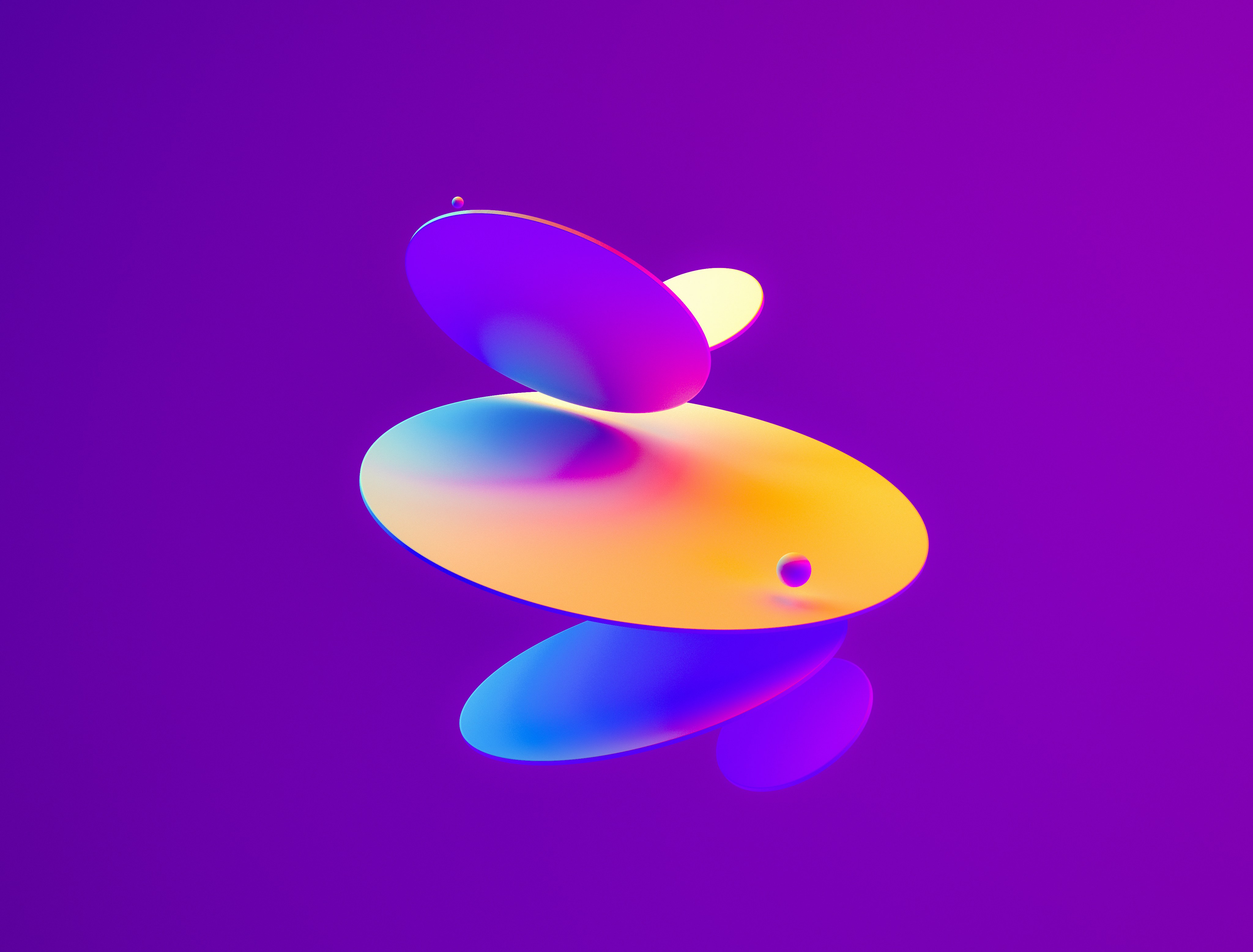Artificial intelligence has made significant advancements in recent years, particularly in the field of computer vision and image generation. One notable example is DALL-E, a neural network developed by OpenAI that can create realistic images and artwork from textual descriptions. Let’s explore what this innovative system is, how it works, and its potential implications.
Understanding DALL-E
DALL-E, named after Salvador Dali and Pixar’s WALL-E, is an AI system that uses a neural network architecture called a transformer to interpret textual descriptions and generate corresponding images. Trained on a vast dataset of text-image pairs, this system can understand the relationships between words and visual concepts, allowing it to create novel images from complex descriptions.
The Power of DALL-E
One of the most impressive aspects of this AI system is its ability to combine seemingly unrelated concepts in creative ways. For example, it can generate an image of “an armchair in the shape of an avocado” or “a penguin wearing a top hat serving hors d’oeuvres.” This flexibility and creativity set DALL-E apart from other image generation systems.

Applications and Potential Impact
The capabilities of DALL-E suggest a wide range of potential applications, such as aiding artists and designers in generating new ideas, rapid prototyping for product design and architecture, and creating personalized content based on user descriptions. However, the technology also raises important questions about copyright, deepfakes, bias, and job displacement, which will require careful consideration as AI-generated imagery advances.
The Future of AI-Generated Imagery
DALL-E is just the beginning of what’s possible with AI-generated imagery. As research in this field progresses, we can anticipate even more sophisticated systems that can create high-resolution, photorealistic images, and potentially even video and interactive content. The implications for creative industries are significant, and it will be crucial to develop these technologies responsibly.
Conclusion
DALL-E is a remarkable achievement in AI, showcasing the potential for machines to create stunning visual content from textual descriptions. As this technology continues to evolve, it will be essential to consider both the benefits and challenges it presents, ensuring that it is developed and used ethically for the betterment of society.



